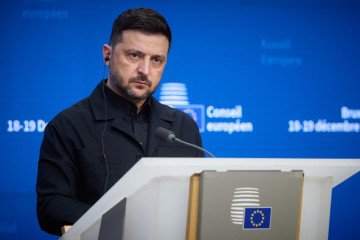- Category
- Latest news
Russia’s Oreshnik Missile Still Dependent on Western Tech Despite Sanctions, FT Reports
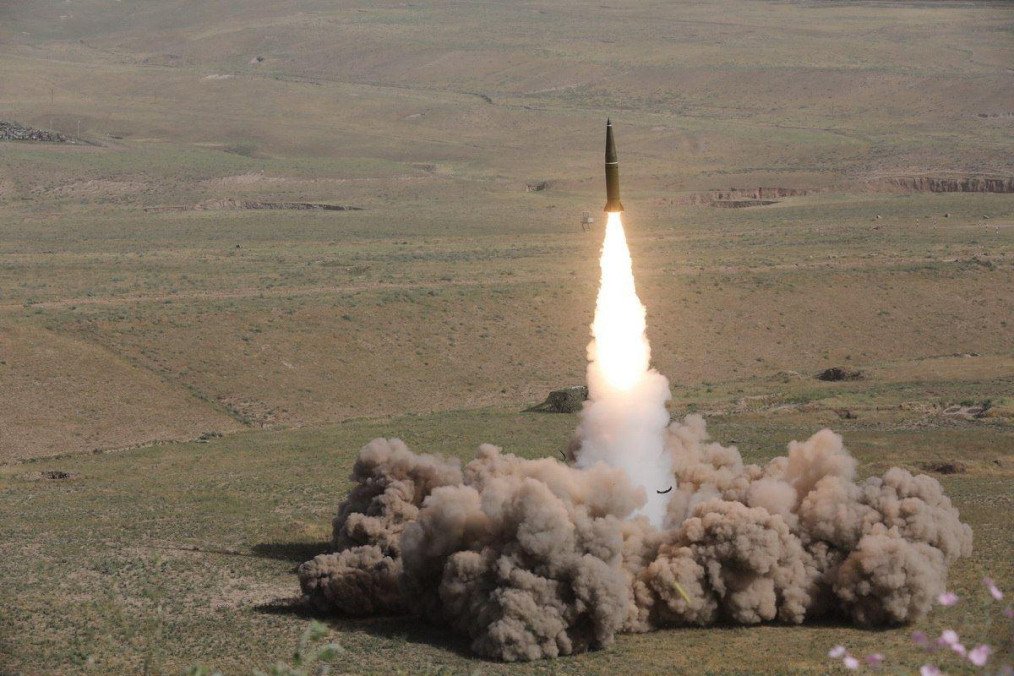
The production of Russia’s experimental Oreshnik missile, recently deployed against Ukraine, continues to rely heavily on advanced Western manufacturing equipment, the Financial Times revealed on December 27.
Despite sanctions aimed at curbing such dependencies, Russian military-industrial companies are still sourcing vital technology from Germany and Japan.
The Oreshnik missile, reportedly based on the RS-26 Rubezh—a nuclear-capable ballistic missile tested but not deployed—was fired in response to advanced Western weaponry being used against targets inside Russia. After its deployment in a strike on Dnipro, Russian leader Vladimir Putin declared, “We have a stock of such products, a stock of such systems ready for use.”
Two key Russian defense engineering institutes, the Moscow Institute for Thermal Technology (MITT) and Sozvezdie, were named by Ukrainian intelligence as developers of the Oreshnik missile. Both institutions have posted job advertisements seeking workers experienced in using metalworking systems produced by German and Japanese companies, including computer numerical control (CNC) controllers from Fanuc (Japan), Siemens, and Heidenhain (Germany).
CNC systems, essential for high-precision manufacturing, are critical to the production of advanced missiles like the Oreshnik. These systems enable factories to shape materials with exceptional accuracy.
“The development of the Oreshnik shows how reliant the Russian military-industrial complex still is on high-end Western equipment,” said Denys Hutyk, executive director of the Economic Security Council of Ukraine. “Western governments should focus on stemming the flow of these goods, which directly contribute to Russia’s assaults on Ukrainian life.”
Even Russia’s efforts to produce domestic CNC systems appear hampered by reliance on foreign components. Stan, a company leading Russia’s CNC development, is using Heidenhain equipment, according to recent job listings, reported by the Financial Times.
Although Western governments have prioritized restricting CNC equipment to Russia, sanctions enforcement has faced challenges. For example, at a Russian trade fair in 2024, 8 Chinese companies showcased CNC devices, with 11 out of 12 models featuring German or Japanese controllers.
“If you could restrict access to these western CNC control units, you might be able to slow down Russian production,” said Nick Pinkston, CEO of Volition and an expert in automated tooling.
“And if you had to switch to a new control system, you’d have to reconfigure the machine’s physical hardware and tooling, as well as fully reprogram every part, which would cost time and money, and could reduce part quality as well,” he added.
Earlier, NATO Supreme Allied Commander for Transformation Admiral Pierre Vandier urged NATO to develop long-range weaponry to effectively address threats like Russia’s Oreshnik intermediate-range ballistic missiles.
In addition, reports emerged that analysis of the debris from the medium-range ballistic missile Oreshnik, used by Russia in its November 21 attack on Dnipro, challenges Vladimir Putin’s claims that the missile represents cutting-edge technology.

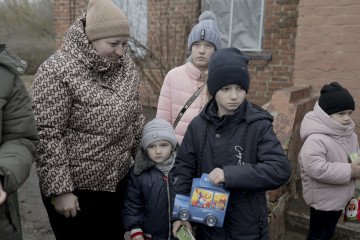

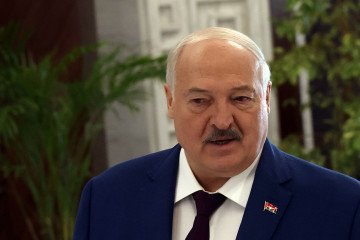
-72b63a4e0c8c475ad81fe3eed3f63729.jpeg)
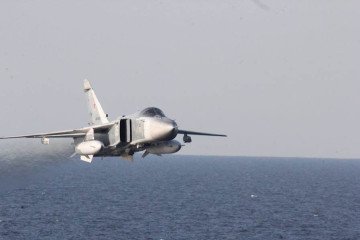
-111f0e5095e02c02446ffed57bfb0ab1.jpeg)
